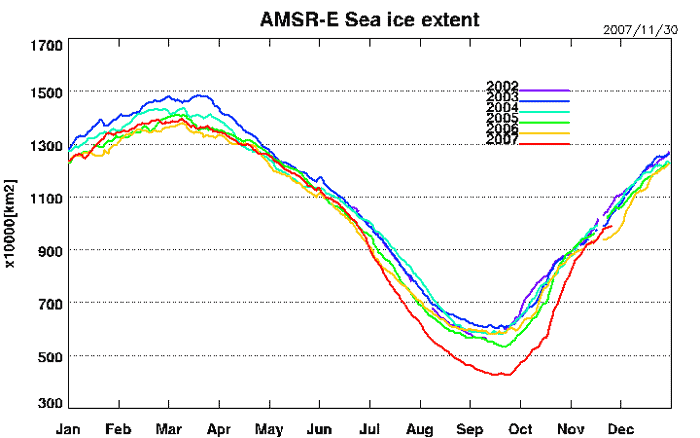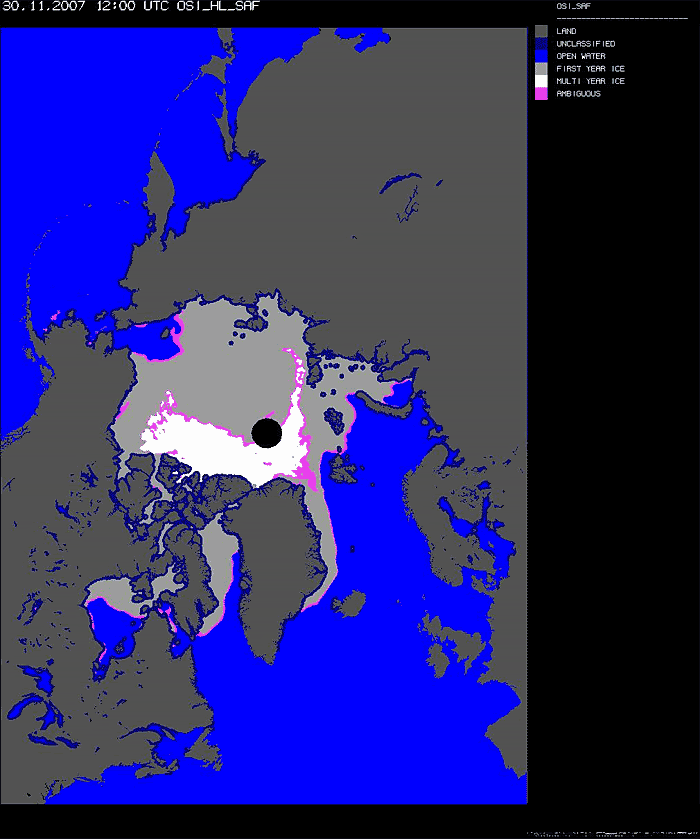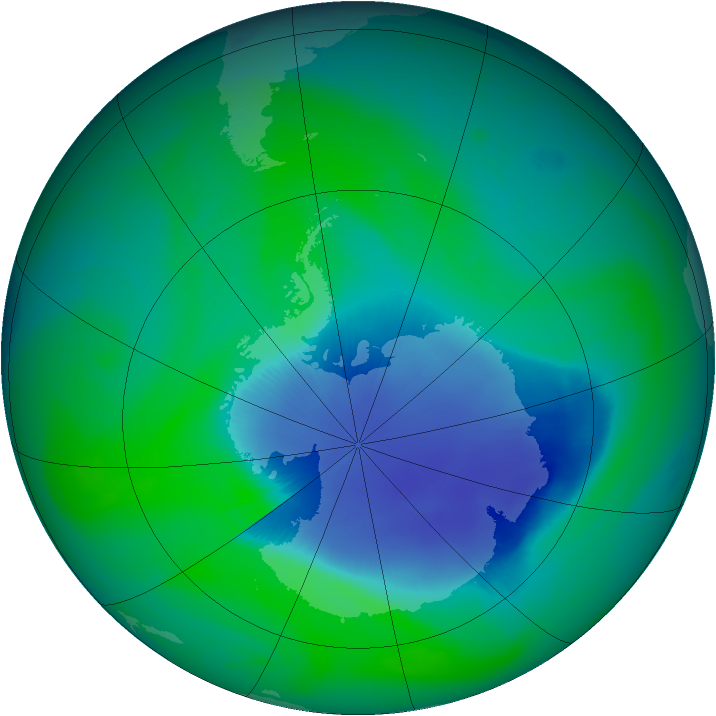Re: Seguimento Criosfera
Ice on Air
Here’s the station’s summary of the hour: “This summer, Arctic ice in the the Northwest passage melted enough to open up this historic travel route. We discuss the environmental, economic, and political implications of this change with Andrew Revkin, who reports on the environment for The New York Times and wrote “The North Pole Was Here” and with Michael Byers, professor of international law and politics at the University of British Columbia.”
Radars Taken Out by Arctic Warming
The continuing warming and summertime retreats of sea ice around the North Pole are making life difficult for seal-hunting polar bears, eroding Inuit coastal villages and now, evidently, eroding Arctic defenses (although not weakening them, the Pentagon insists).
Dangerous Antarctica?
You can't go there, however, without assuming some risk: temperatures, wind, ice and whatever else nature can throw your way. The recent sinking of the cruise ship Explorer in Antarctic waters points that out most vividly.
Temperature-wise, there isn't much difference between our cold winters and their summer, at least in the Antarctic Peninsula, where I traveled last January. Temperatures ranged from 35 to 40 degrees Fahrenheit on a calm, sunny day to much colder, at 10 degrees and lower. The coldest temperature recorded in Antarctica, or on Earth for that matter, was 129 below in 1983 at the Russian Vostok Station, 100 miles from the South Pole.
We always dressed in layers: tall waterproof boots, layered socks, long johns and waterproof pants, layered tops, polar fleece hoods or caps, Gore Tex gloves and the ubiquitous bright red parka.
Knowing its history, this sea did not disappoint me. Ice, ice and more ice everywhere, and icebergs bigger than our ship. Cold. Not a place to linger. Our final landing, appropriately enough, was Devil's Island. From there, we sailed straight into hell.
Hurricane-force winds and a monstrous, heaving sea tossed our ship about like a rubber duck as we headed back across the Drake Passage to Ushuaia.
And so, voyagers, go to Antarctica, risks and all? You bet.

 deixa que a neve tambem vai chegar para nós...
deixa que a neve tambem vai chegar para nós...
 deixa que a neve tambem vai chegar para nós...
deixa que a neve tambem vai chegar para nós...












 está com uma anomalia positiva em plena Primavera austral ai ai o maldito CO2 :assobio:
está com uma anomalia positiva em plena Primavera austral ai ai o maldito CO2 :assobio:













